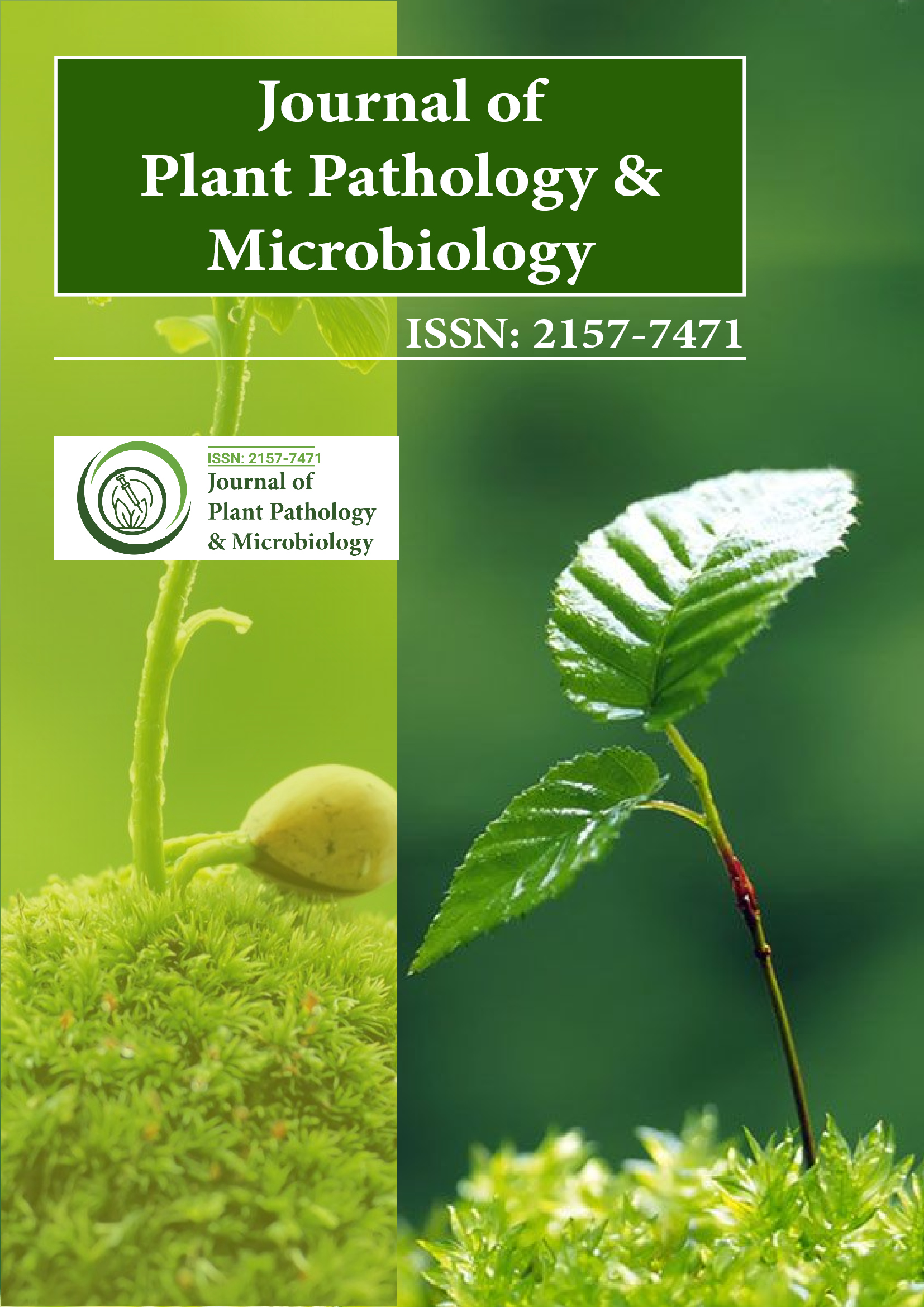Индексировано в
- Open J Gate
- Журнал GenamicsSeek
- Академические ключи
- ЖурналTOCs
- CiteFactor
- Справочник периодических изданий Ульриха
- Доступ к глобальным онлайн-исследованиям в области сельского хозяйства (AGORA)
- Библиотека электронных журналов
- Международный центр сельского хозяйства и биологических наук (CABI)
- RefSeek
- Справочник индексации исследовательских журналов (DRJI)
- Университет Хамдарда
- ЭБСКО АЗ
- OCLC- WorldCat
- Ученый
- Интернет-каталог SWB
- Виртуальная биологическая библиотека (вифабио)
- Паблоны
- Женевский фонд медицинского образования и исследований
- Евро Паб
- Google Scholar
Полезные ссылки
Поделиться этой страницей
Флаер журнала

Журналы открытого доступа
- Биоинформатика и системная биология
- Биохимия
- Ветеринарные науки
- Генетика и молекулярная биология
- Еда и питание
- Иммунология и микробиология
- Инжиниринг
- Клинические науки
- Материаловедение
- медицинские науки
- Науки об окружающей среде
- Неврология и психология
- Общая наука
- Сельское хозяйство и аквакультура
- Сестринское дело и здравоохранение
- Управление бизнесом
- Фармацевтические науки
- Химия
Абстрактный
Оценка реакции различных генотипов пшеницы на желтую ржавчину (Puccinia striiformis f.sp. tritici) в полевых условиях провинции Ардебиль
Хиави Х.К., Мирак А.А., Акрами М. и Хошвахтей Х.
Для оценки реакции различных генотипов пшеницы на расу желтой ржавчины 134E134A+ на стадии взрослого растения, 100 генотипов пшеницы были оценены в Ардебиле и Могане в условиях полевого и туманного орошения. Тип инфекции регистрировался на стадии флагового листа, когда болезнь появлялась у восприимчивых генотипов (заражение около 80%). Тяжесть заболевания на листьях оценивалась по модифицированной шкале Кобба, в которой 0: иммунитет, 0%-5%: устойчивость, 5%-10%: умеренно устойчивость, 10%-30%: умеренно восприимчивость, более 30%: высокая восприимчивость. Средний коэффициент инфекции и средняя площадь под кривой прогрессирования болезни (AUDPC) флагового листа были рассчитаны в каждом регионе отдельно. Анализ дисперсии показал значительную разницу между генотипами по всем признакам. Результаты этого эксперимента по коэффициенту заражения показали, что в районе Ардебиль 1% генотипов были иммунными, 29% - устойчивыми, 52% - умеренно устойчивыми и 18% - восприимчивыми. В районе Моган 25% генотипов были иммунными, 59% - умеренно устойчивыми и 16% - восприимчивыми к заболеванию желтой ржавчиной. Кластерный анализ на основе характеристик типа заражения, тяжести заболевания и коэффициента заражения в Моган классифицировал генотипы на четыре основные группы. С другой стороны, кластерный анализ в Ардебиле по вышеупомянутым признакам классифицировал сорта на три основные группы. Комплексный дисперсионный анализ по характеристикам типа заражения, тяжести заболевания и коэффициенту заражения в двух регионах показал, что существует значительная разница между исследованными генотипами и взаимодействием генотип × регион.